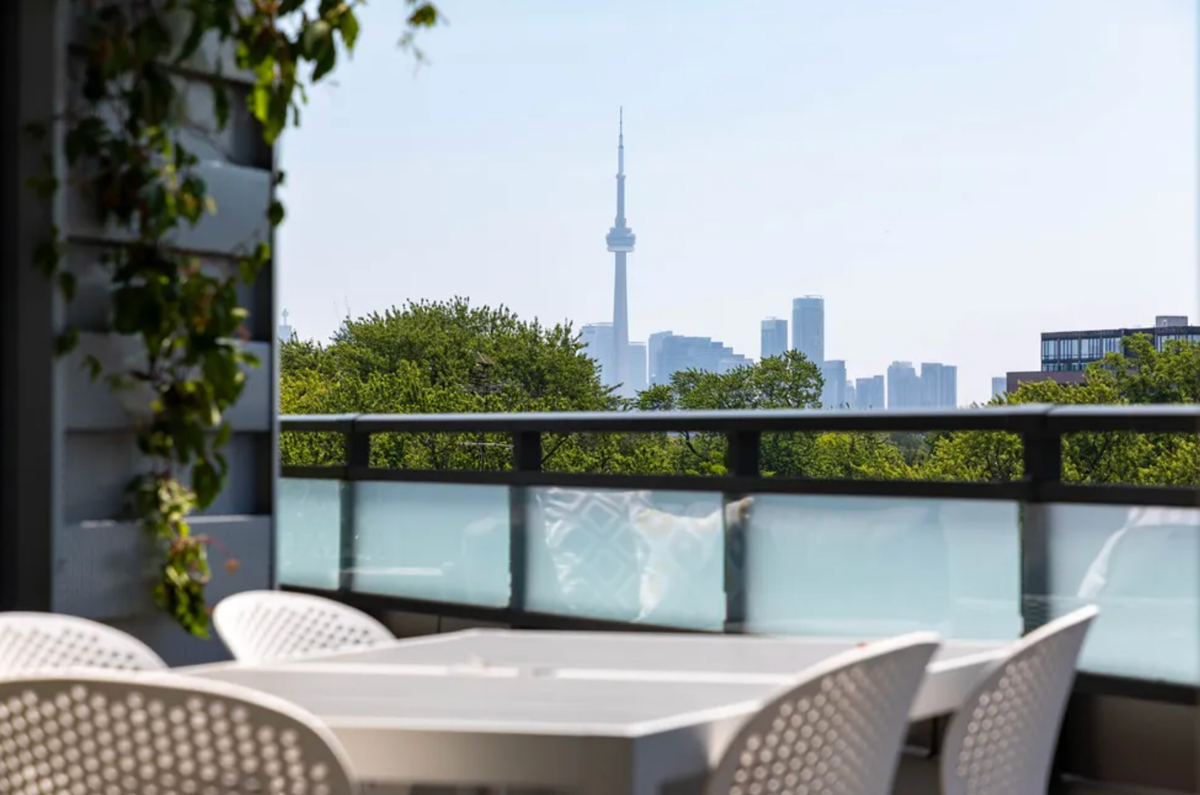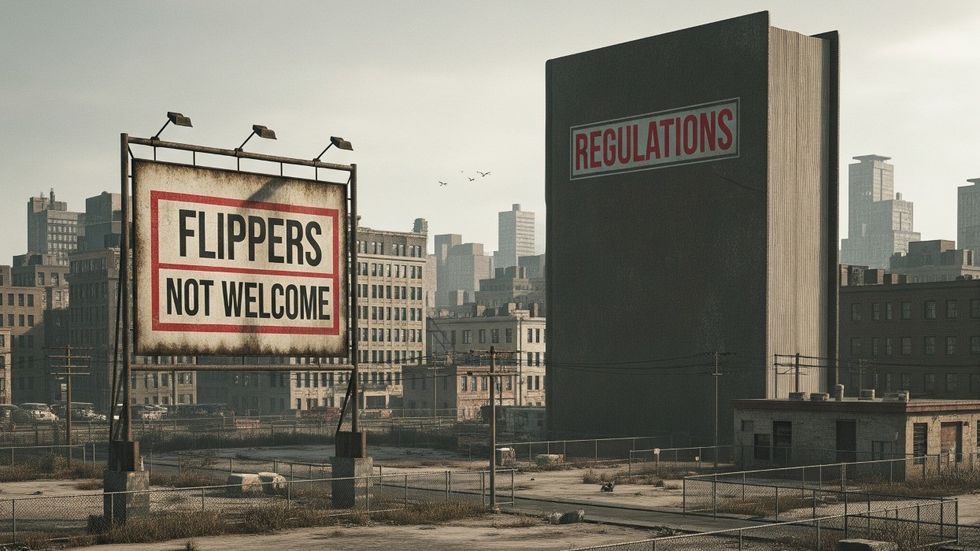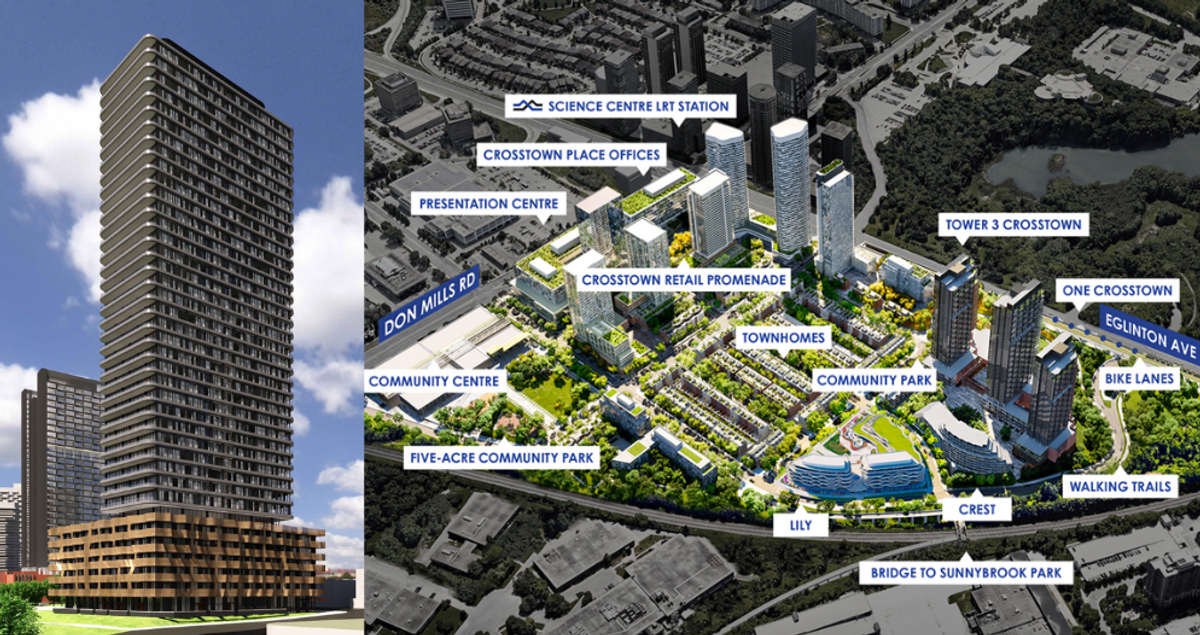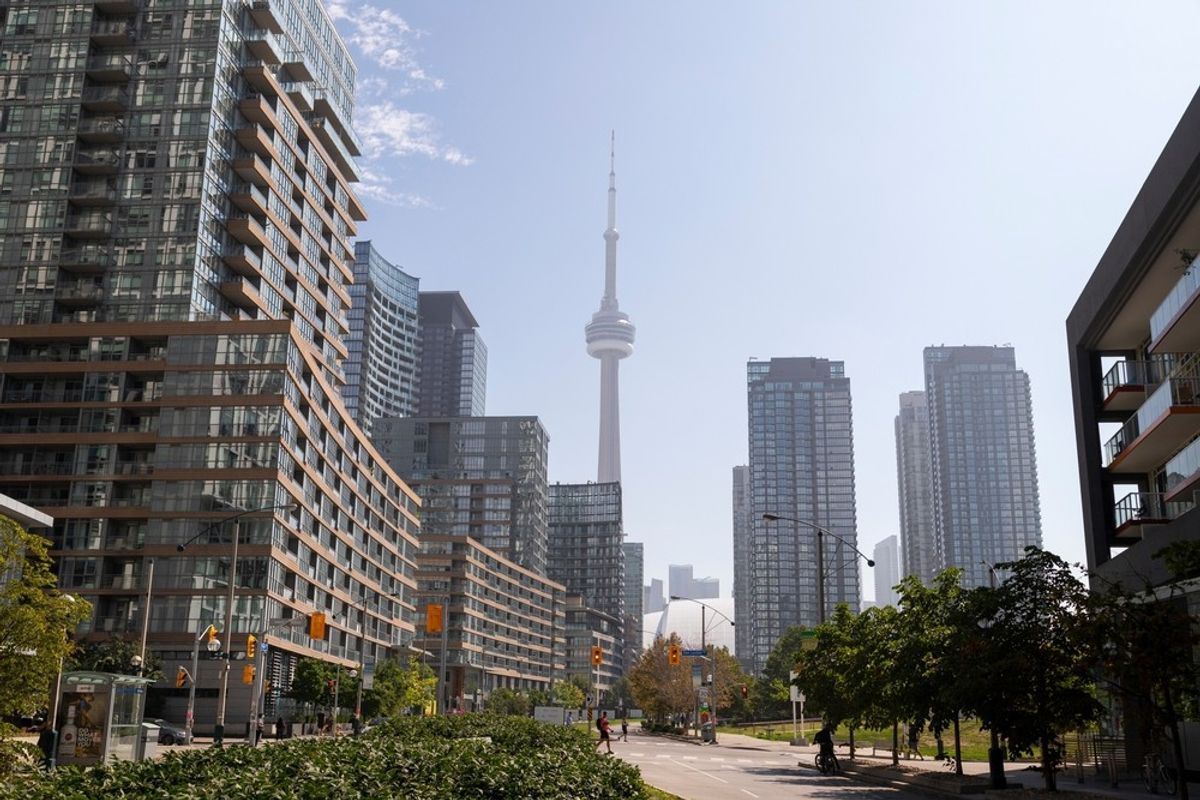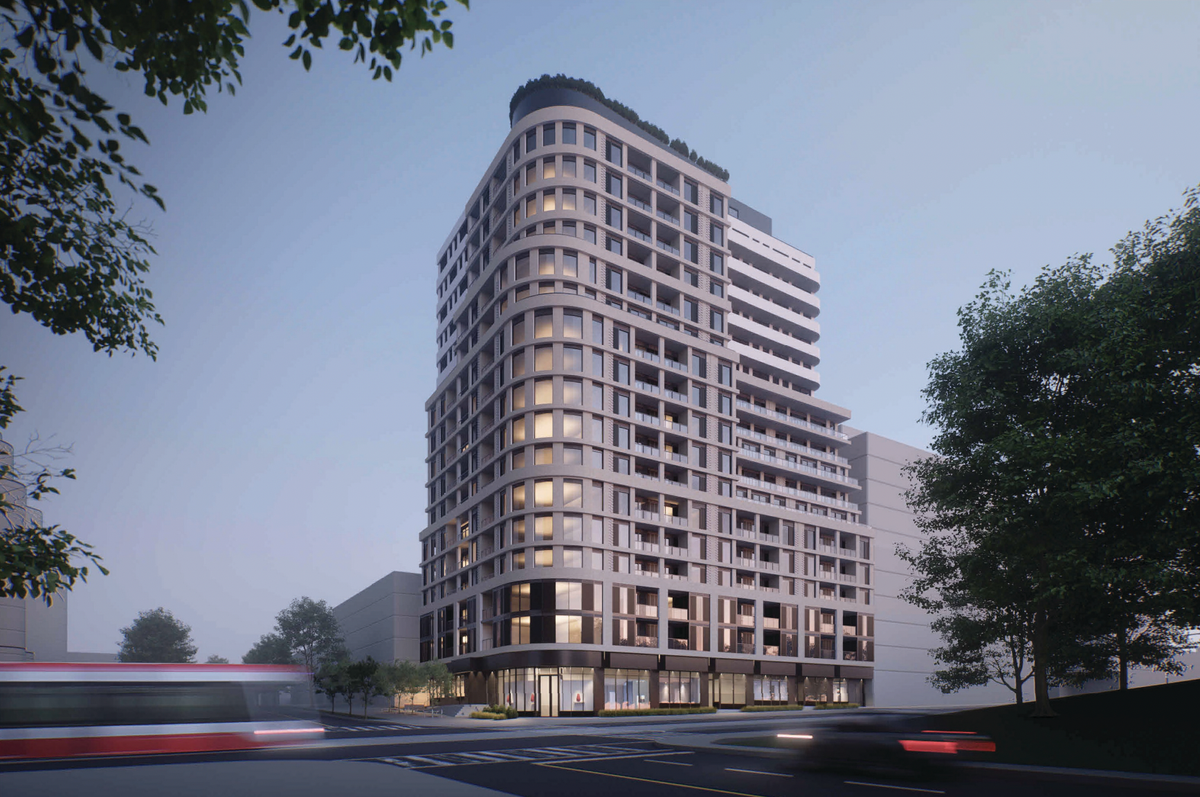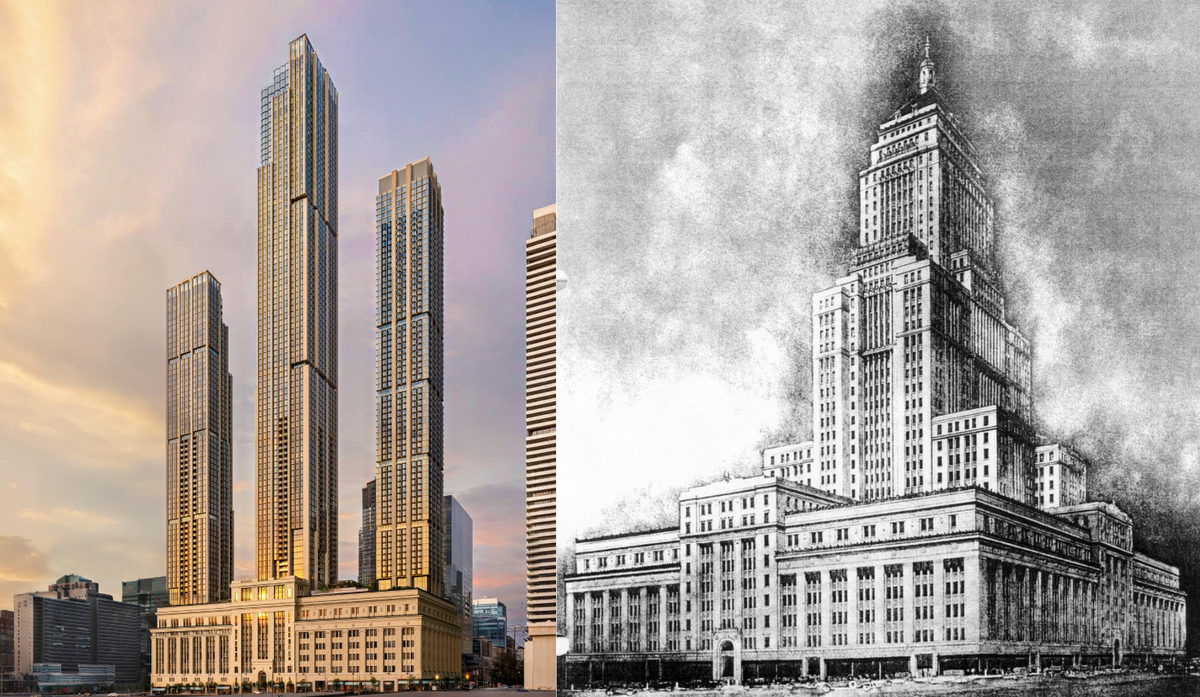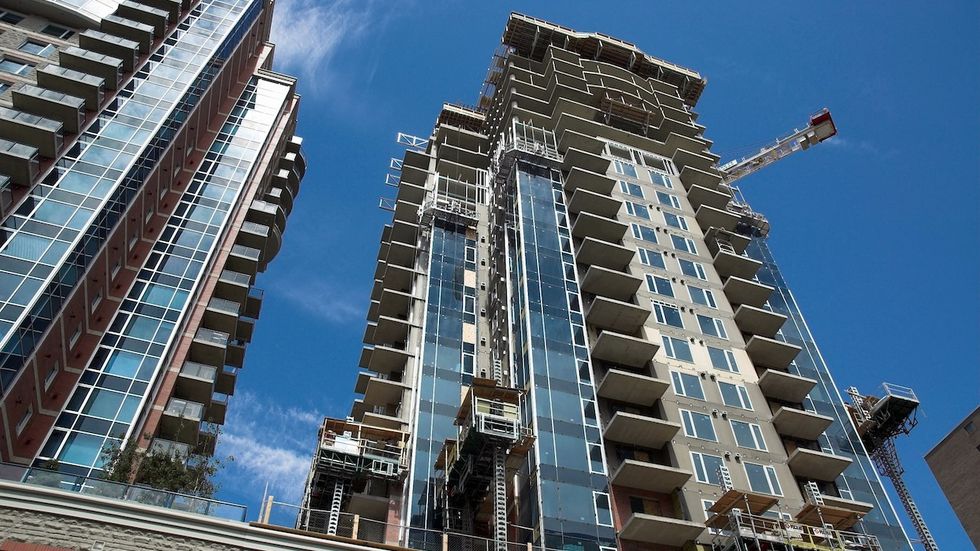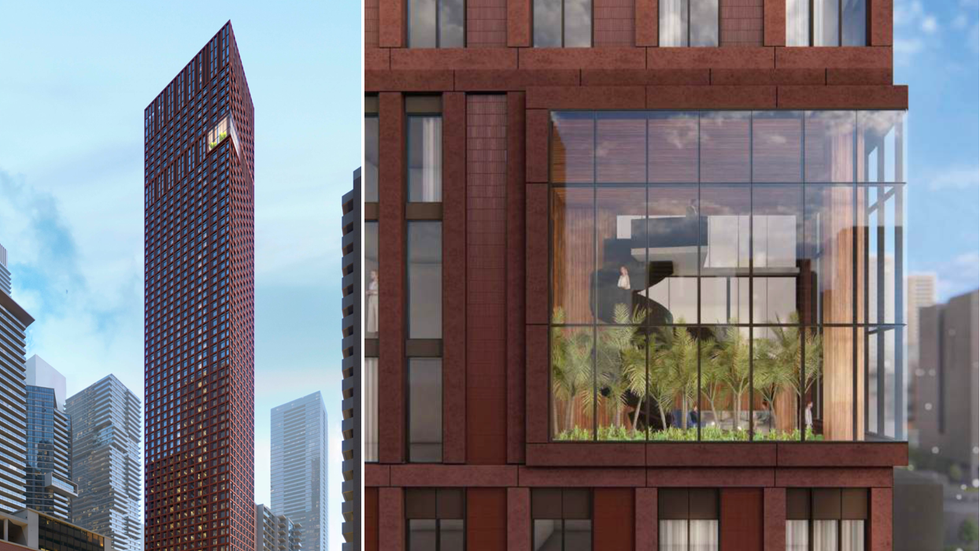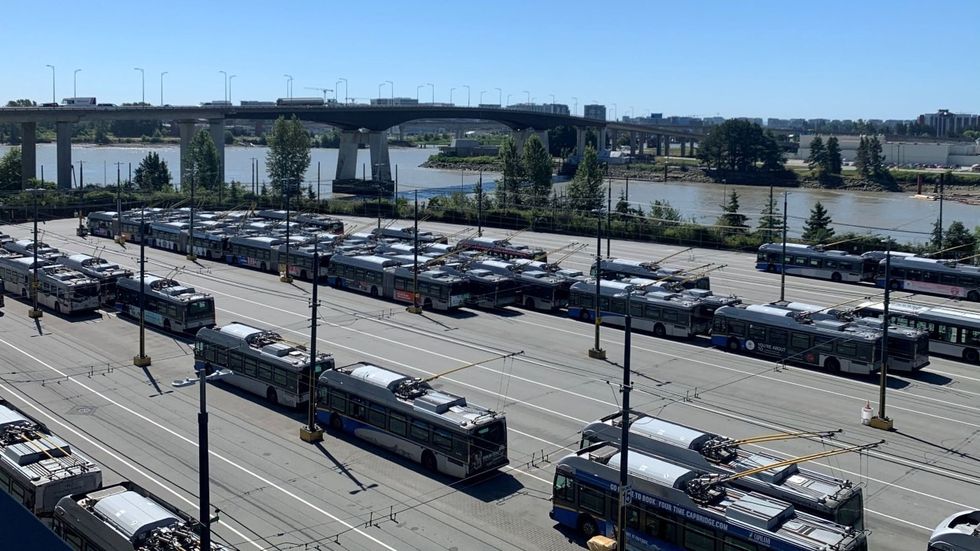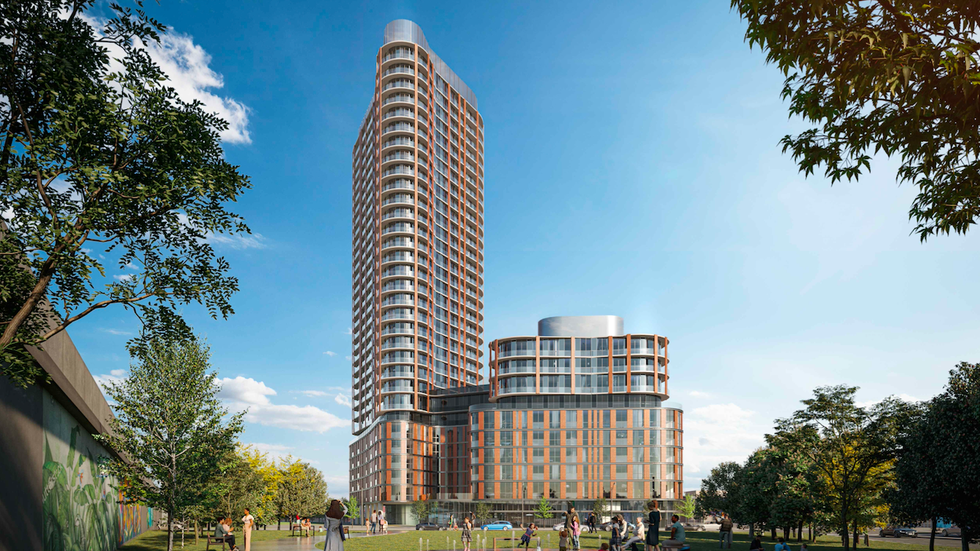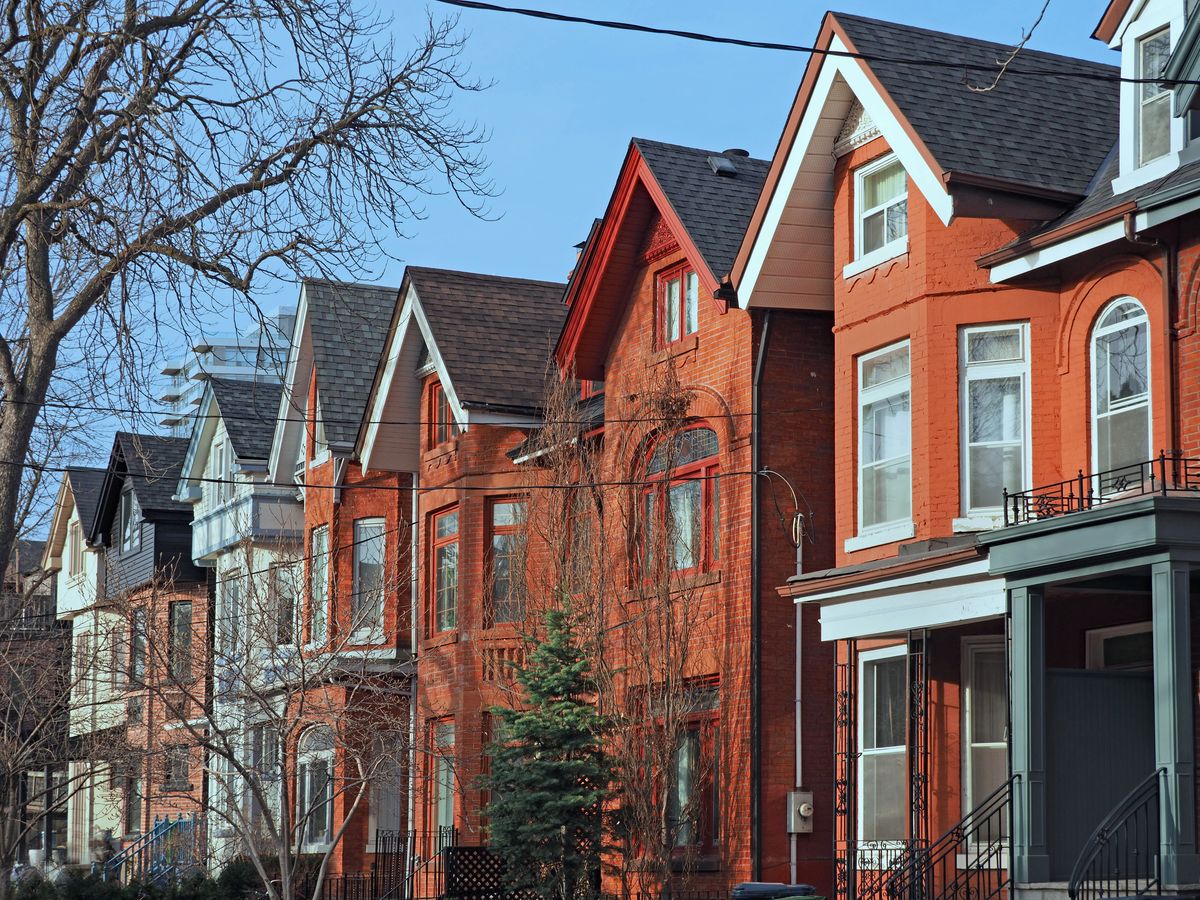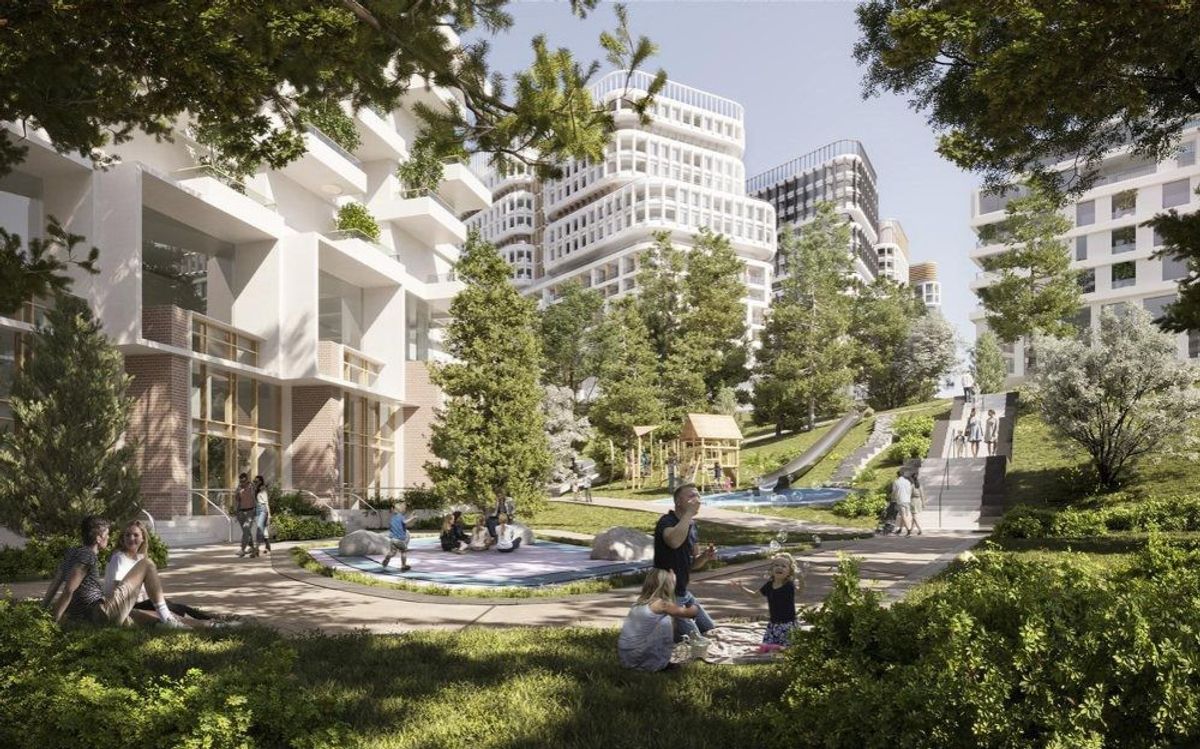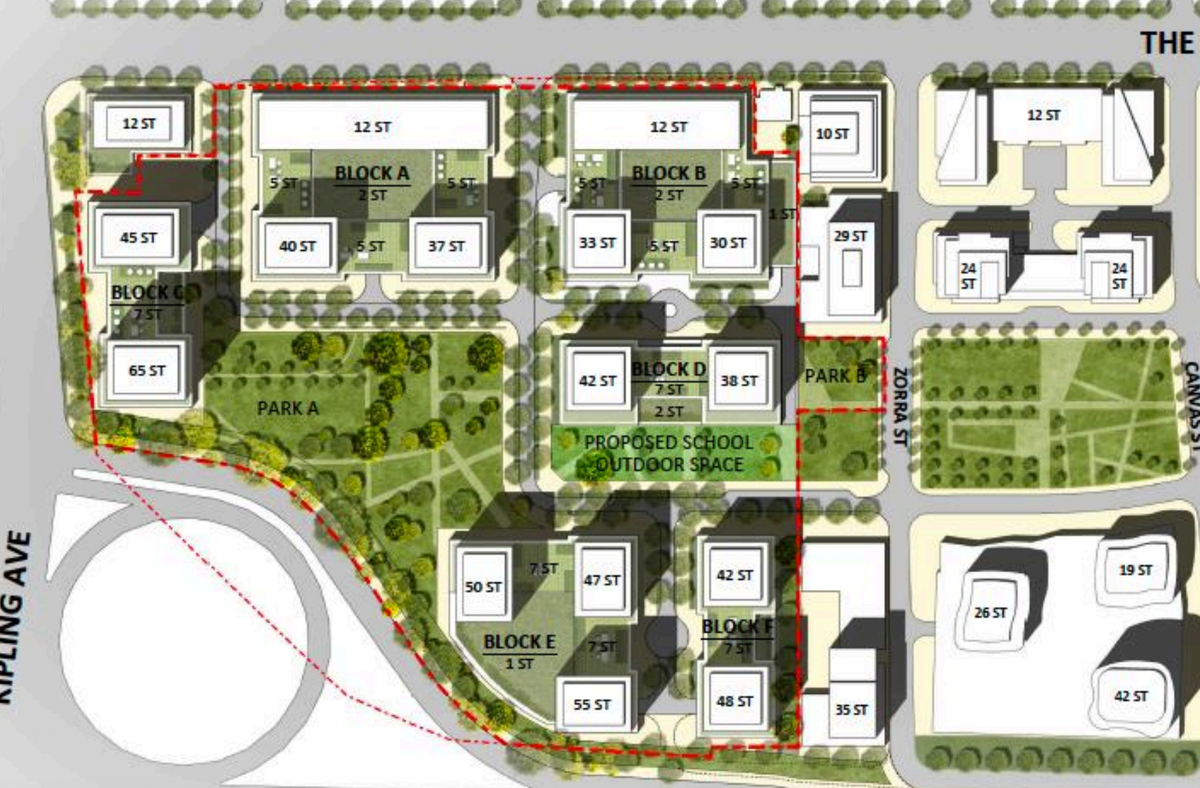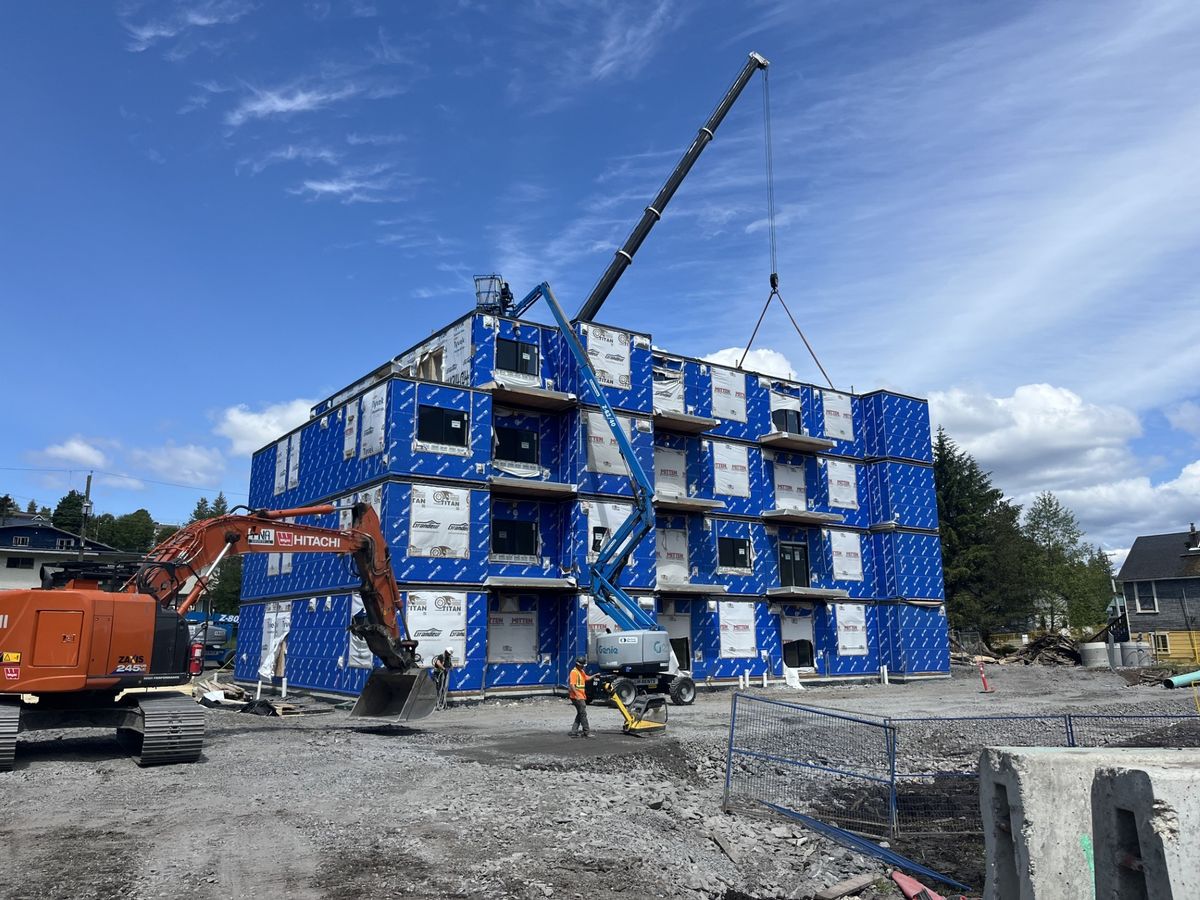With a portion of Queen Street set to close for the next several years, the City of Toronto is taking steps to remedy traffic congestion.
The City has introduced "Priority Travel Routes" to ensure that there are alternative thoroughfares around the Ontario Line's construction zones. The routes will be kept clear of "as many road restrictions as possible," including non-emergency utility work.
The first route will stretch along Dundas Street from Jarvis Street to Bathurst Street. From May 1 until the summer of 2024, only emergency work can take places along the section of roadway. On-street parking will be restricted and CaféTO curb lane cafés will not be permitted.
A spokesperson for the City confirmed to STOREYS that one business's CaféTO application has been affected by the Priority Travel Route so far, but declined to name the establishment in question.
Additional Priority Travel Routes will be identified as construction on the Ontario Line progresses, which the City noted could lead to some existing permits and bylaws being cancelled or amended. These may include not installing CaféTO curb lane cafés, changing on-street parking rules, and deferring road closures for events.
"We know we have a lot of construction ahead of us and we recognize the vital need for transit expansion while balancing the needs of the public and businesses to travel in and through the downtown core," Deputy Mayor Jennifer McKelvie said. "This construction is so important for the future of our city along with the other major infrastructure work underway."
The launch of the first Priority Travel Route coincides with the closure of Queen Street from Bay Street to Victoria Street as Metrolinx continues construction on the new Ontario Line subway. The transit agency expects the closure to be in place for four and a half years as work gets underway for the line's Queen Station.
In addition to Priority Travel Routes, the City is taking several other steps to minimize the disruption caused by the Ontario Line construction, including modifying traffic signals to allow for a more efficient flow of vehicles, and deploying police officers and traffic agents to regulate and direct traffic.


